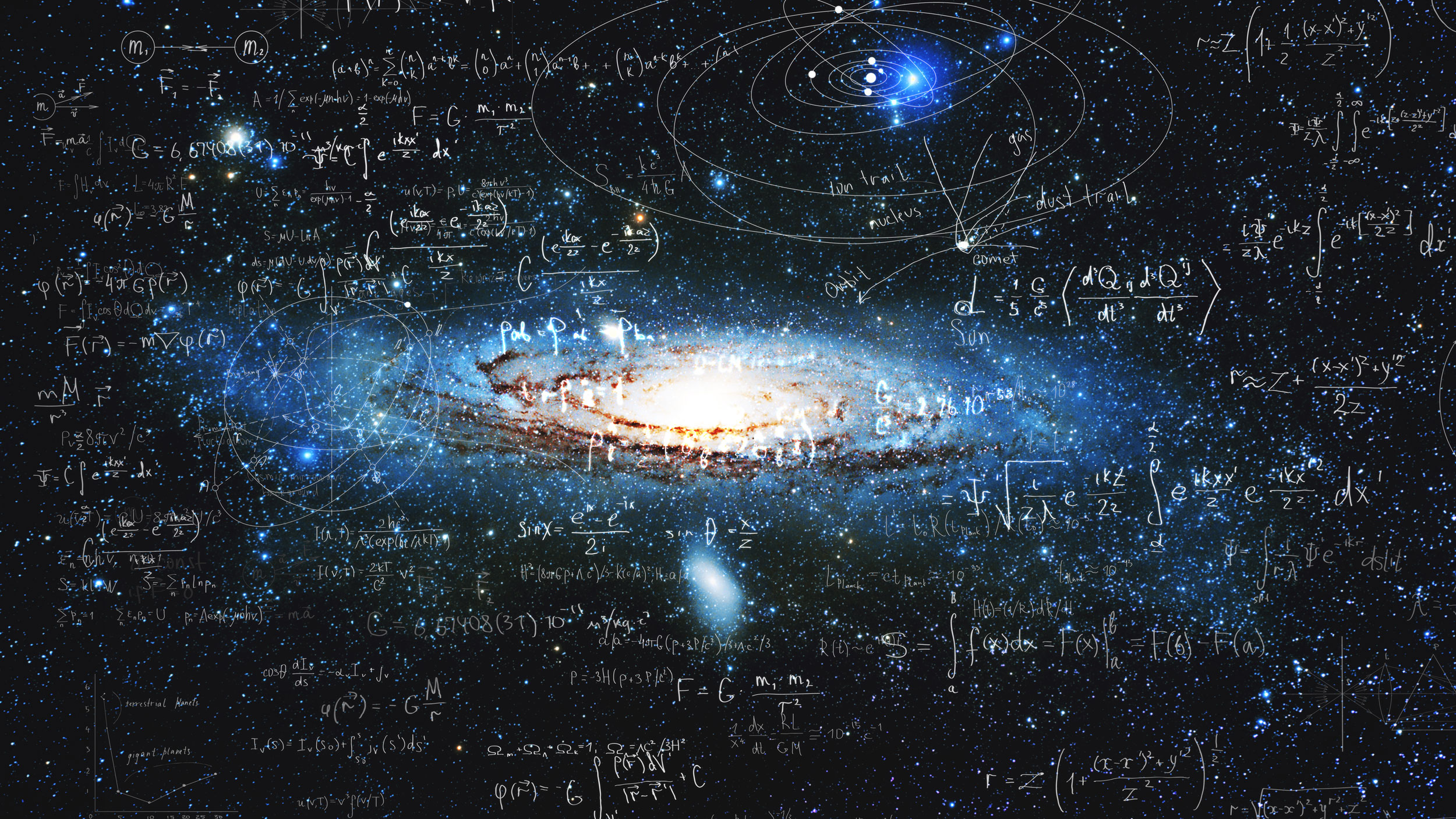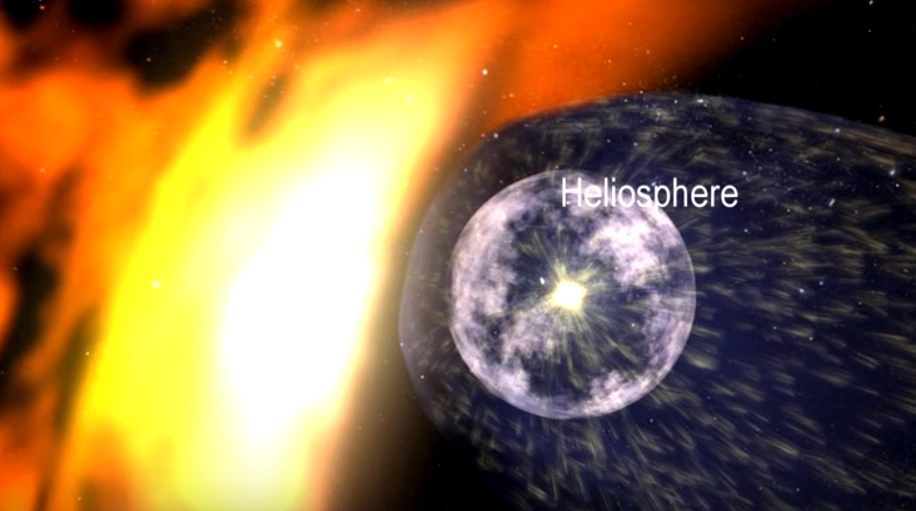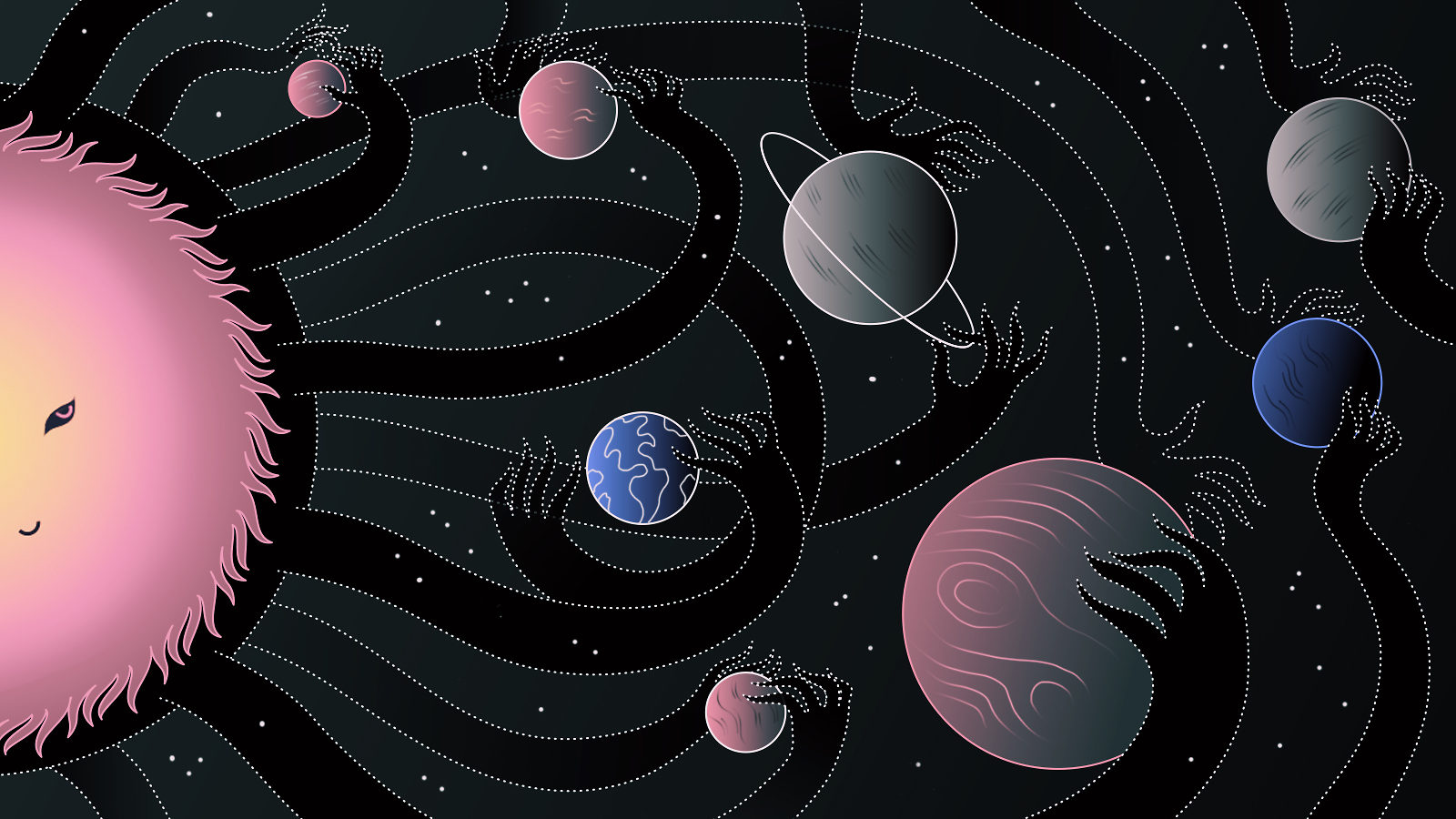Astrophysics is a branch of astronomy that applies the laws of physics to explain the properties and behavior of celestial objects. It encompasses a wide range of topics, from the study of stars and planets to the nature of black holes and the origin of the universe.
Key Areas of Astrophysics
- Stellar Astrophysics: This field focuses on the study of stars, including their formation, evolution, and properties. Astronomers use telescopes to observe stars across the electromagnetic spectrum, from visible light to X-rays and radio waves.
- Galactic Astronomy: Galactic astronomy is concerned with the study of galaxies, massive collections of stars, gas, and dust. Astronomers investigate the structure, formation, and evolution of galaxies, as well as their interactions with each other.
- Extragalactic Astronomy: This branch of astrophysics focuses on objects beyond our own Milky Way galaxy, such as distant galaxies, clusters of galaxies, and the large-scale structure of the universe.
- Cosmology: Cosmology is the study of the universe as a whole, including its origin, evolution, and ultimate fate. Cosmologists use observations of the universe to test theories about its nature and history.
- High-Energy Astrophysics: This field focuses on the study of high-energy phenomena, such as black holes, neutron stars, and supernovae. Astronomers use specialized telescopes to observe these objects, which emit radiation across a wide range of wavelengths.
Tools and Techniques
Astrophysicists use a variety of tools and techniques to study the universe, including:
- Telescopes: Optical telescopes, radio telescopes, X-ray telescopes, and other types of telescopes are used to observe celestial objects across the electromagnetic spectrum.
- Spacecraft: Spacecraft, such as the Hubble Space Telescope and the James Webb Space Telescope, can observe the universe from above Earth’s atmosphere, providing clearer views of celestial objects.
- Computer Simulations: Computer simulations are used to model the behavior of celestial objects and the evolution of the universe.
- Data Analysis: Astrophysicists use sophisticated data analysis techniques to extract information from astronomical observations.
Recent Discoveries
Astrophysics has made significant progress in recent years, with a number of groundbreaking discoveries. These include:
- The discovery of exoplanets: Astronomers have discovered thousands of planets orbiting other stars, providing insights into the potential for life beyond Earth.
- The detection of gravitational waves: The first direct detection of gravitational waves in 2015 confirmed a key prediction of Einstein’s theory of general relativity.
- The observation of the cosmic microwave background: This faint radiation left over from the Big Bang provides evidence for the universe’s origin and evolution.
Astrophysics is a dynamic and exciting field with much to offer. As technology continues to advance, we can expect to make even more groundbreaking discoveries about the universe.



